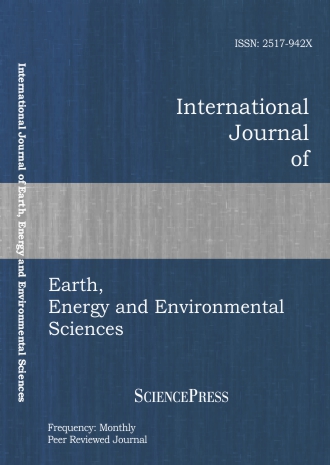
Scholarly
Volume:3, Issue: 3, 2009 Page No: 62 - 67
International Journal of Earth, Energy and Environmental Sciences
ISSN: 2517-942X
An Environmental Impact Tool to Assess National Energy Scenarios
The Long-range Energy and Alternatives Planning (LEAP) energy planning system has been developed for South Africa, for the 2005 base year and a limited number of plausible future scenarios that may have significant implications (negative or positive) in terms of environmental impacts. The system quantifies the national energy demand for the domestic, commercial, transport, industry and agriculture sectors, the supply of electricity and liquid fuels, and the resulting emissions. The South African National Energy Research Institute (SANERI) identified the need to develop an environmental assessment tool, based on the LEAP energy planning system, to provide decision-makers and stakeholders with the necessary understanding of the environmental impacts associated with different energy scenarios. A comprehensive analysis of indicators that are used internationally and in South Africa was done and the available data was accessed to select a reasonable number of indicators that could be utilized in energy planning. A consultative process was followed to determine the needs of different stakeholders on the required indicators and also the most suitable form of reporting. This paper demonstrates the application of Energy Environmental Sustainability Indicators (EESIs) as part of the developed tool, which assists with the identification of the environmental consequences of energy generation and use scenarios and thereby promotes sustainability, since environmental considerations can then be integrated into the preparation and adoption of policies, plans, programs and projects. Recommendations are made to refine the tool further for South Africa.